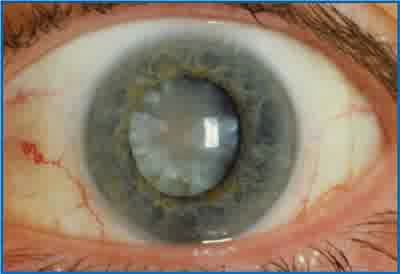Hyperthermia related to Neonatal Sepsis

Nursing Diagnosis and Interventions for Neonatal Sepsis Sepsis is a syndrome characterized by clinical signs and symptoms of severe infection that can progress toward septicemia and septic shock. (Doenges, 1999) While neonatal sepsis is a severe infection that affects neonates with systemic symptoms and there are bacteria in the blood. Neonatal sepsis course of the disease can take place quickly so often not monitored, without adequate treatment babies can die within 24 to 48 hours. (Surasmi, 2003). Nursing Diagnosis and Interventions for Neonatal Sepsis Hyperthermia related to damage control temperature, secondary to infection or inflammation. Expected outcomes: The body temperature within normal limits. Pulse and breathing frequency within normal limits. Intervention and Rationale: 1. Monitoring of vital signs every two hours and monitor skin color. R /: Changes in vital signs that would significantly affect the regulatory processes or metabolism in the body. 2. Observation of seizu...




